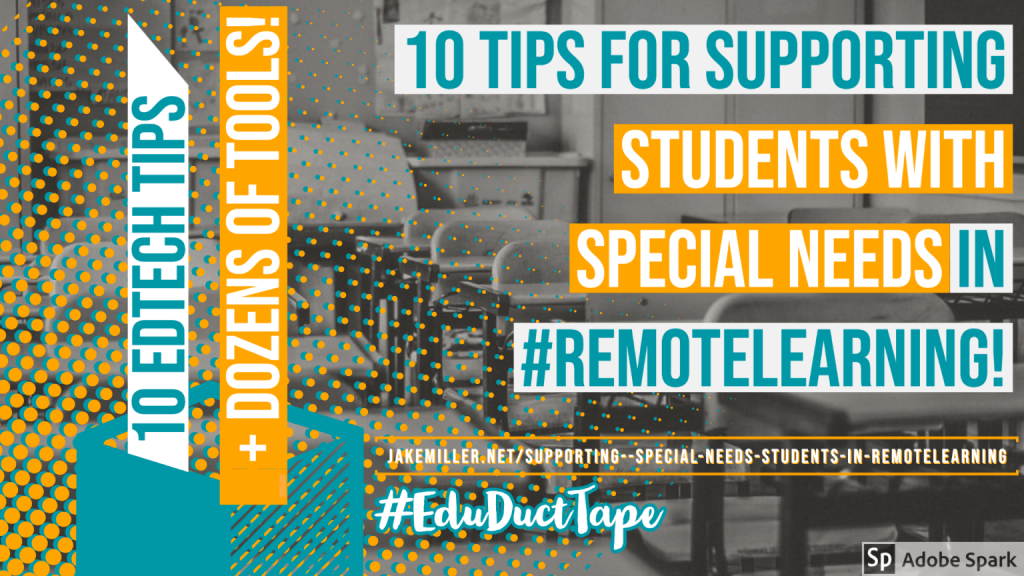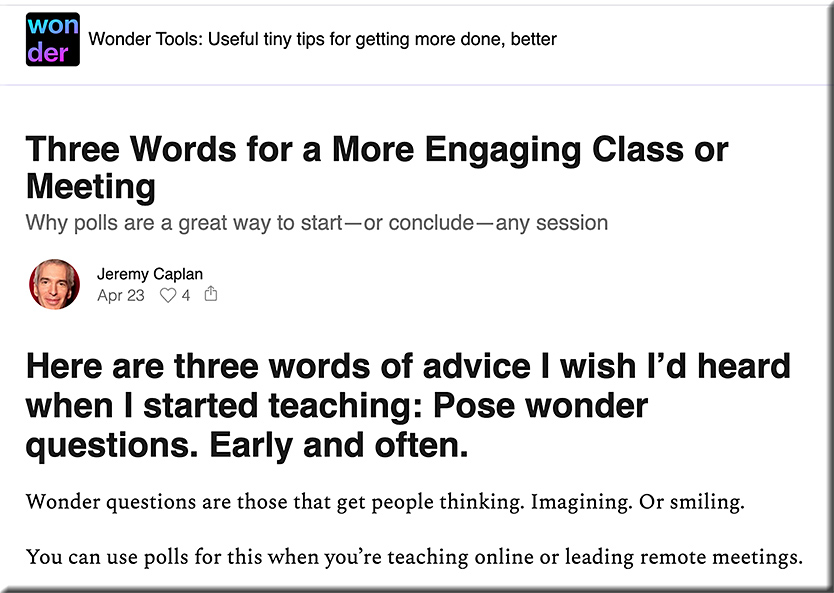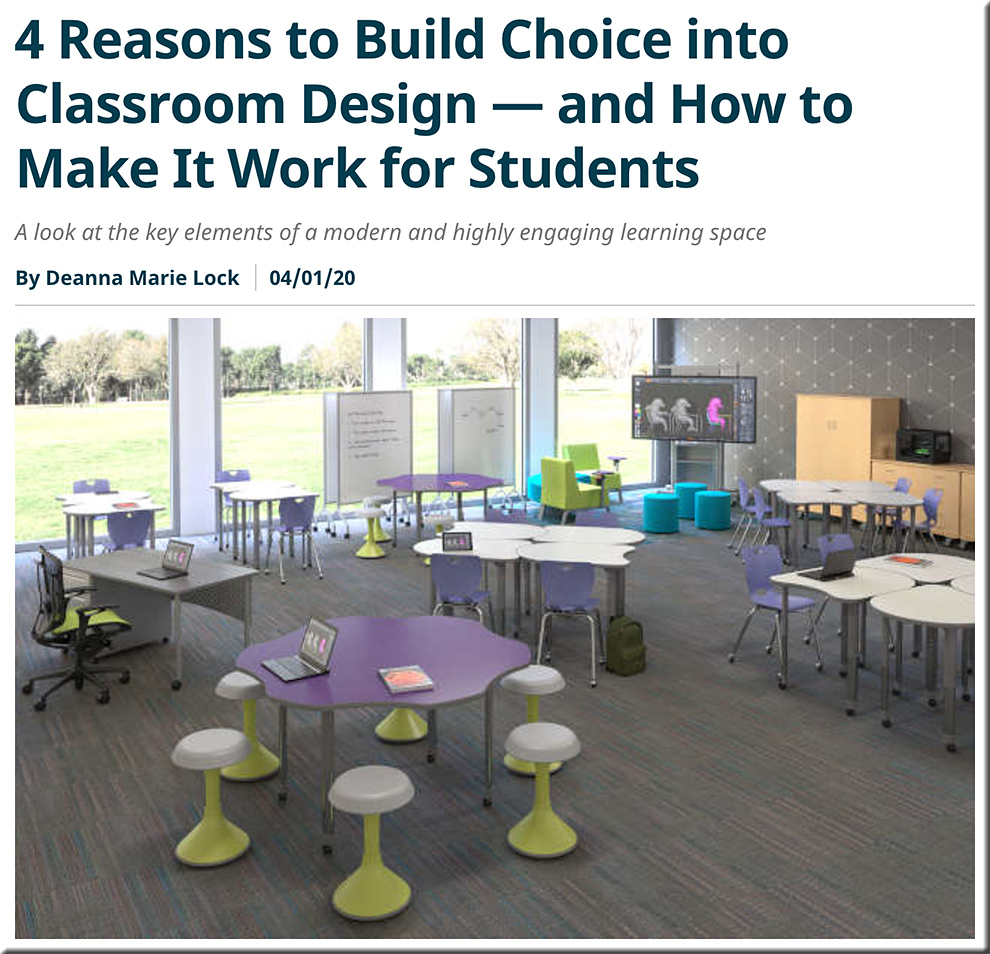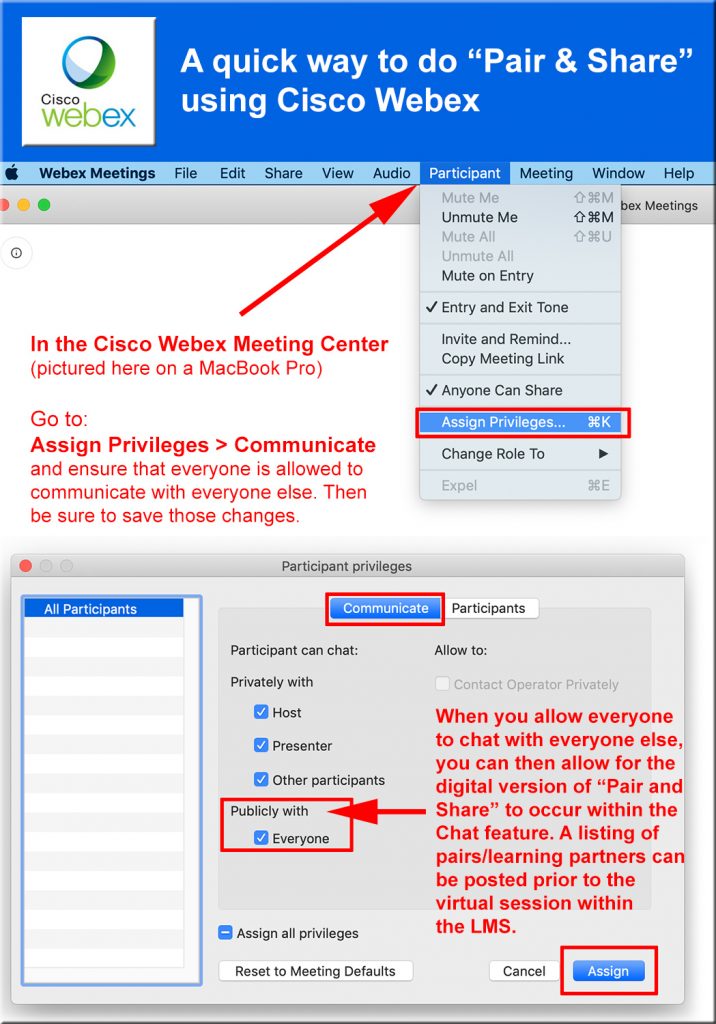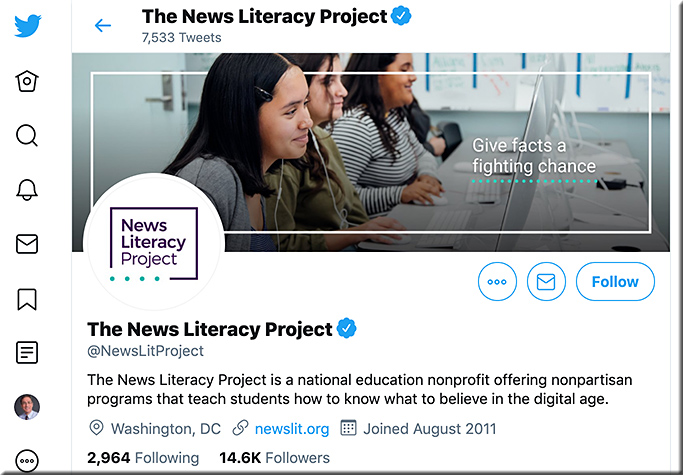Potentially-useful sites for developing writers out there:
DC: Hmmm…regarding #telelegal, I keep wondering how it will be impacted by what’s occurring with #telemedicine …?
“The FCC has developed/approved a $200 million program to fund telehealth services and devices for medical providers…”https://t.co/J8U858rXYU#legal
— Daniel Christian (@dchristian5) April 3, 2020
FCC enacts $200M telehealth initiative to ease COVID-19 burden on hospitals — from techcrunch.com by Devin Coldewey
Excerpt:
The FCC has developed and approved a $200 million program to fund telehealth services and devices for medical providers, just a week or so after the funding was announced. Hospitals and other health centers will be able to apply for up to $1 million to cover the cost of new devices, services and personnel.
The unprecedented $2 trillion CARES Act includes heavy spending on all kinds of things, from direct payments to out-of-work citizens to bailouts for airlines and other big businesses. Among the many, many funding items was a $200 million earmarked for the FCC with which it was instructed to improve and subsidize telehealth services around the country.
Also see:
#telehealth | #telemedicine | #telelegal
A group of Nashville studio singers perform an epic cell phone choir — from wsmv.com by Derry London; with thanks to a wonderful cousin for this resource
A group of Nashville studio singers perform an epic cell phone choir | “It is well with my soul.”
DC: Wow! Music can happen online. https://t.co/Y2B1c23b0z
— Daniel Christian (@dchristian5) March 29, 2020
Also see:
Neal Plantinga on His “God Go Before You” Blessing — from worship.calvin.edu by Joan Huyser-Honig & Cornelius Plantinga, Jr.; with thanks to John Witvliet for his post on LinkedIn for this resource
Excerpt:
God go before you to lead you, God go behind you to protect you, God go beneath you to support you, God go beside you to befriend you. Do not be afraid. May the blessing of God the Father, Son, and Holy Spirit be upon you. Do not be afraid.
Go in peace to love and serve the Lord. Amen.
From DSC:
The song at the bottom of the page is a beautiful song. Check it out as well.
Hmmm…can’t help but wonder if online-based courts would help mightily in this situation? [Christian]
DC: Hmmm…can’t help but wonder if online-based courts would help mightily in this situation? #legal #law #courts #lawschool #innovation #change #A2J https://t.co/lIxFg1X7Rb pic.twitter.com/88wWStlb10
— Daniel Christian (@dchristian5) March 23, 2020
COVID-19 Leaves Backlogged Courts With A Justice Pile-Up — from law360.com by Cara Bayles












